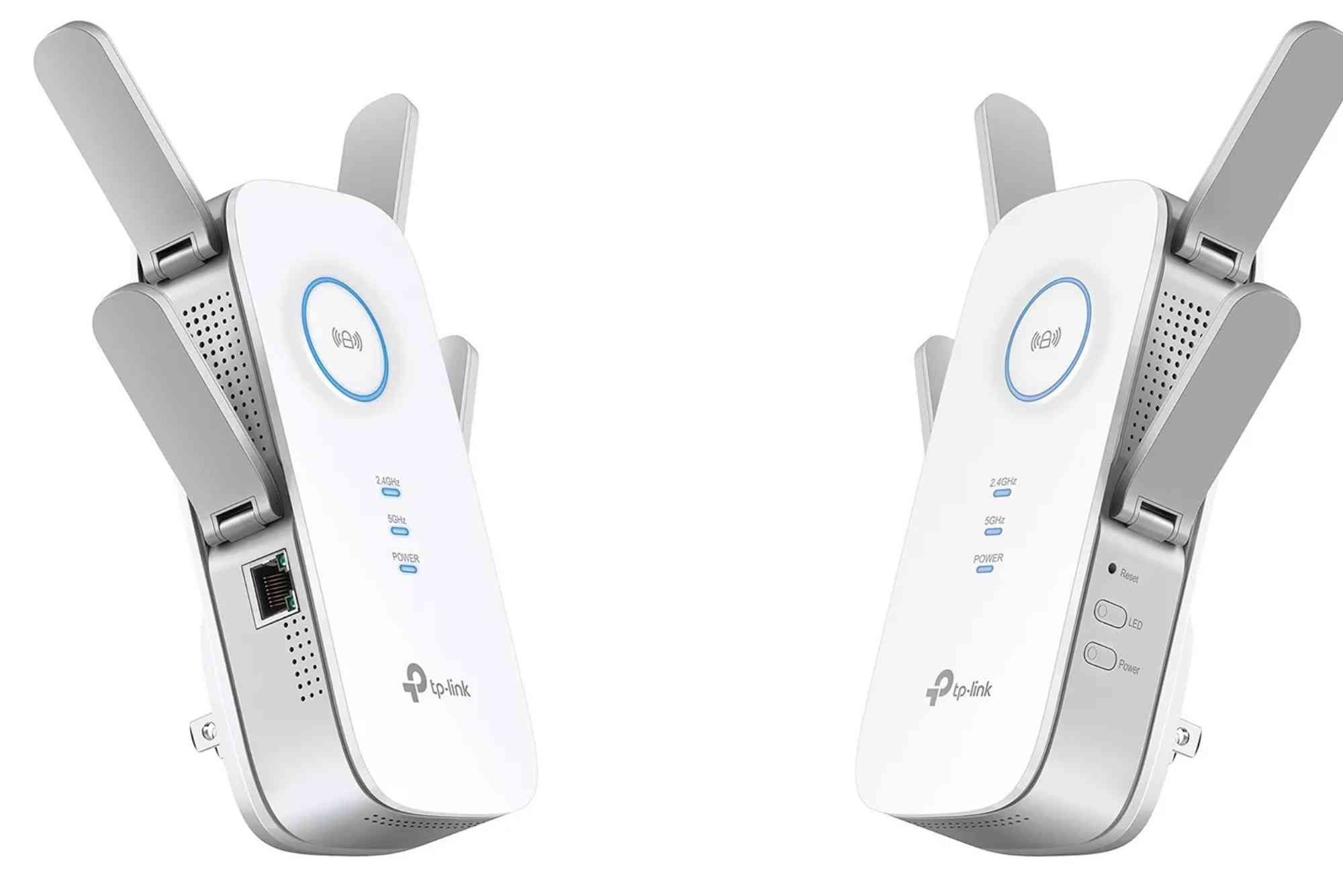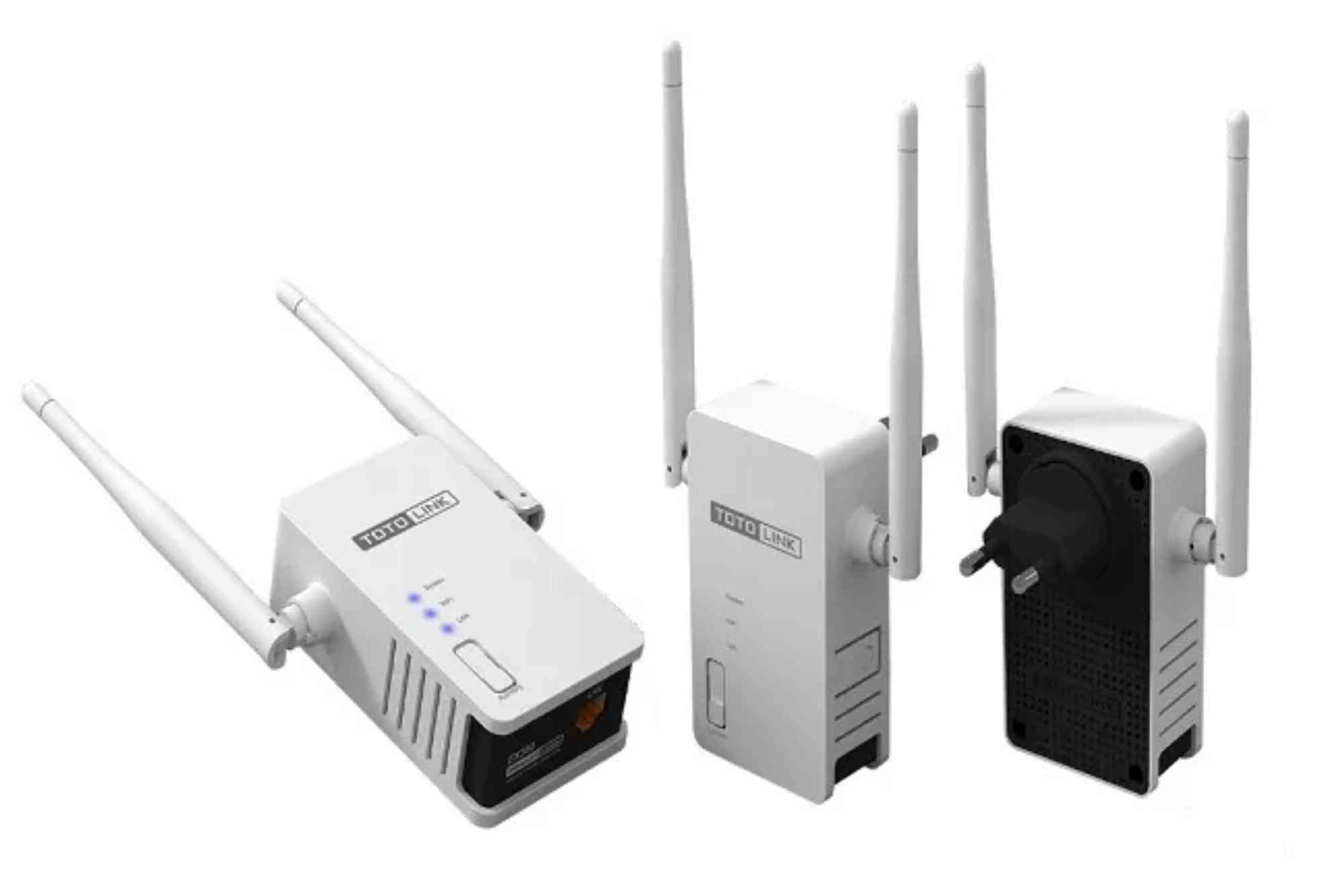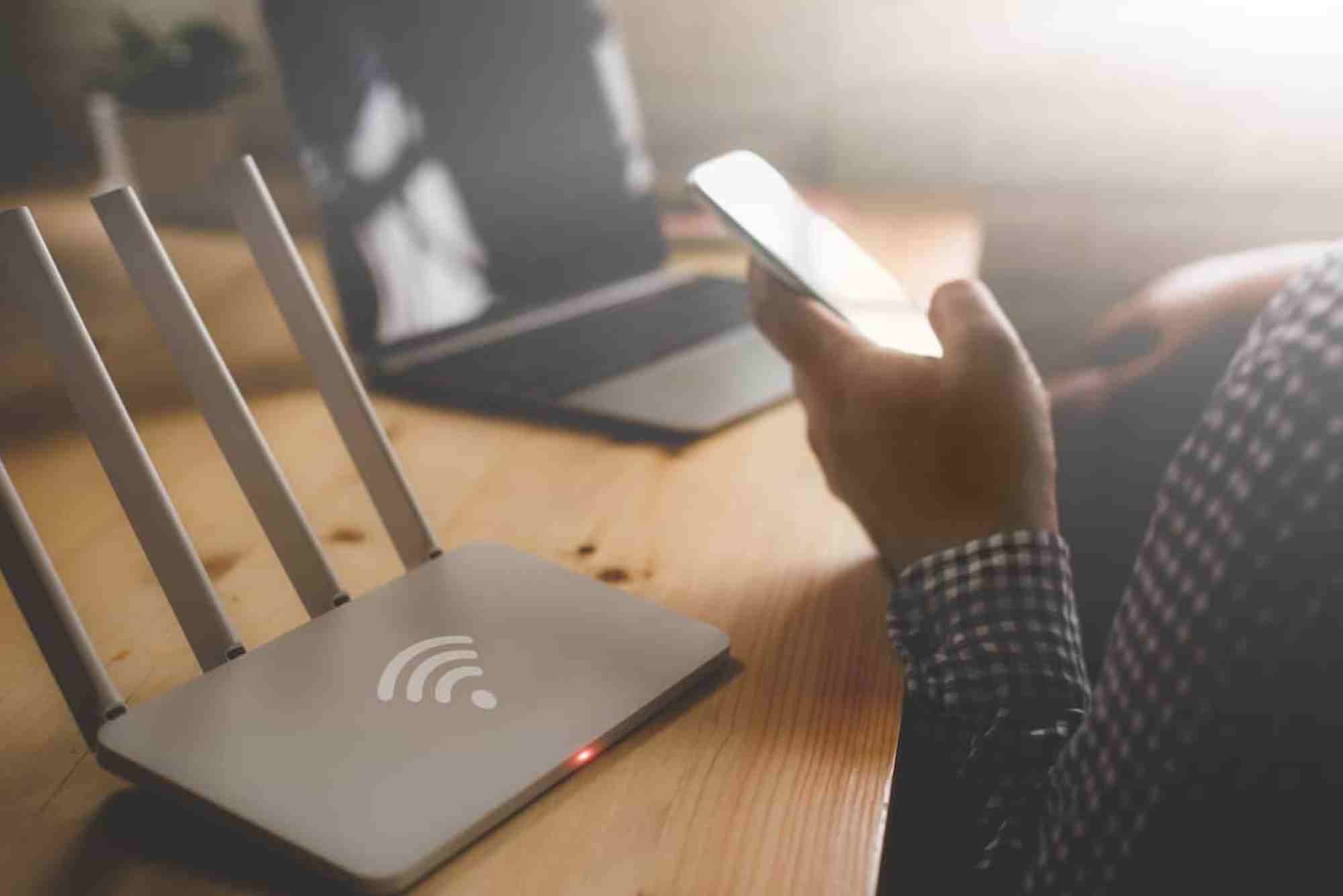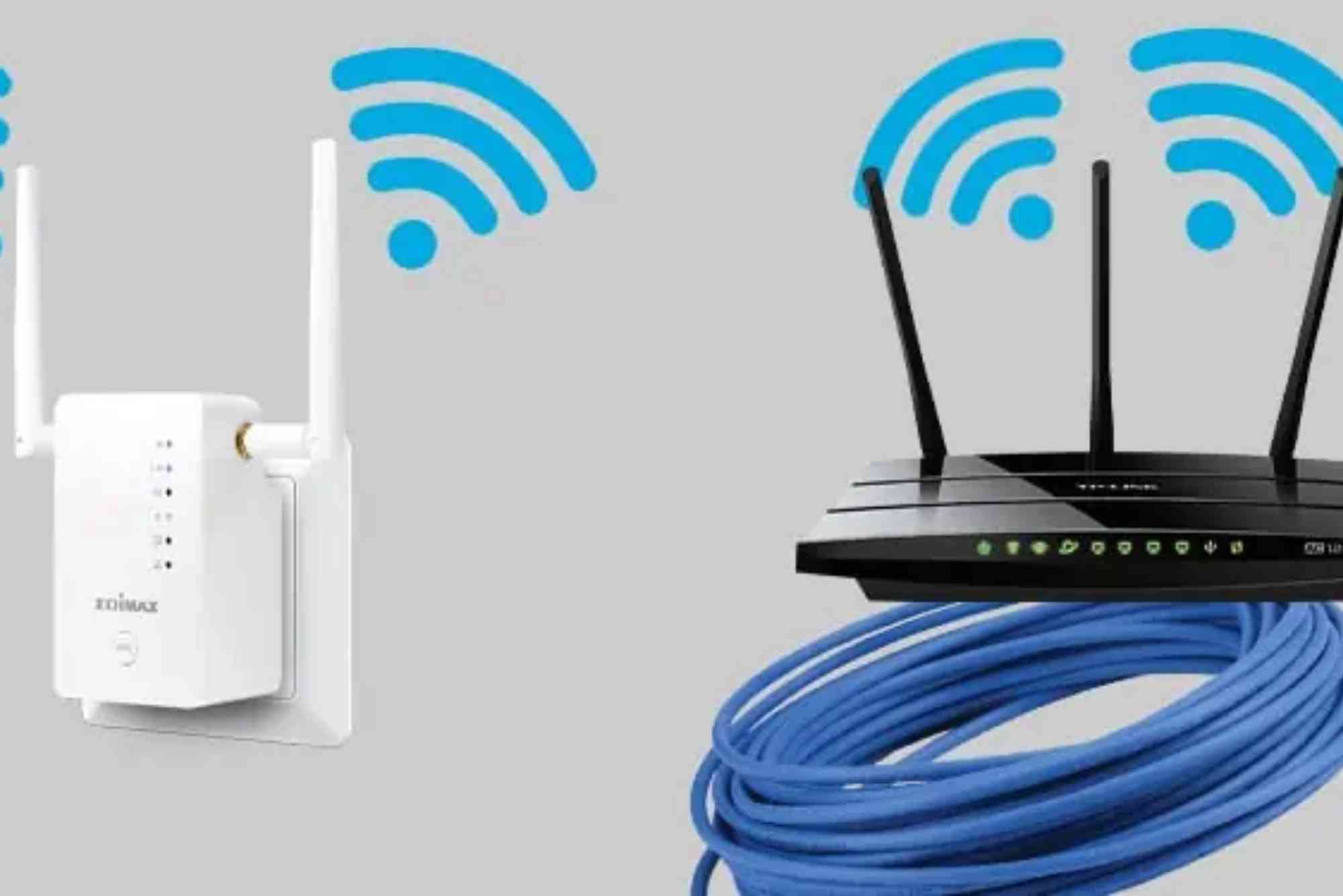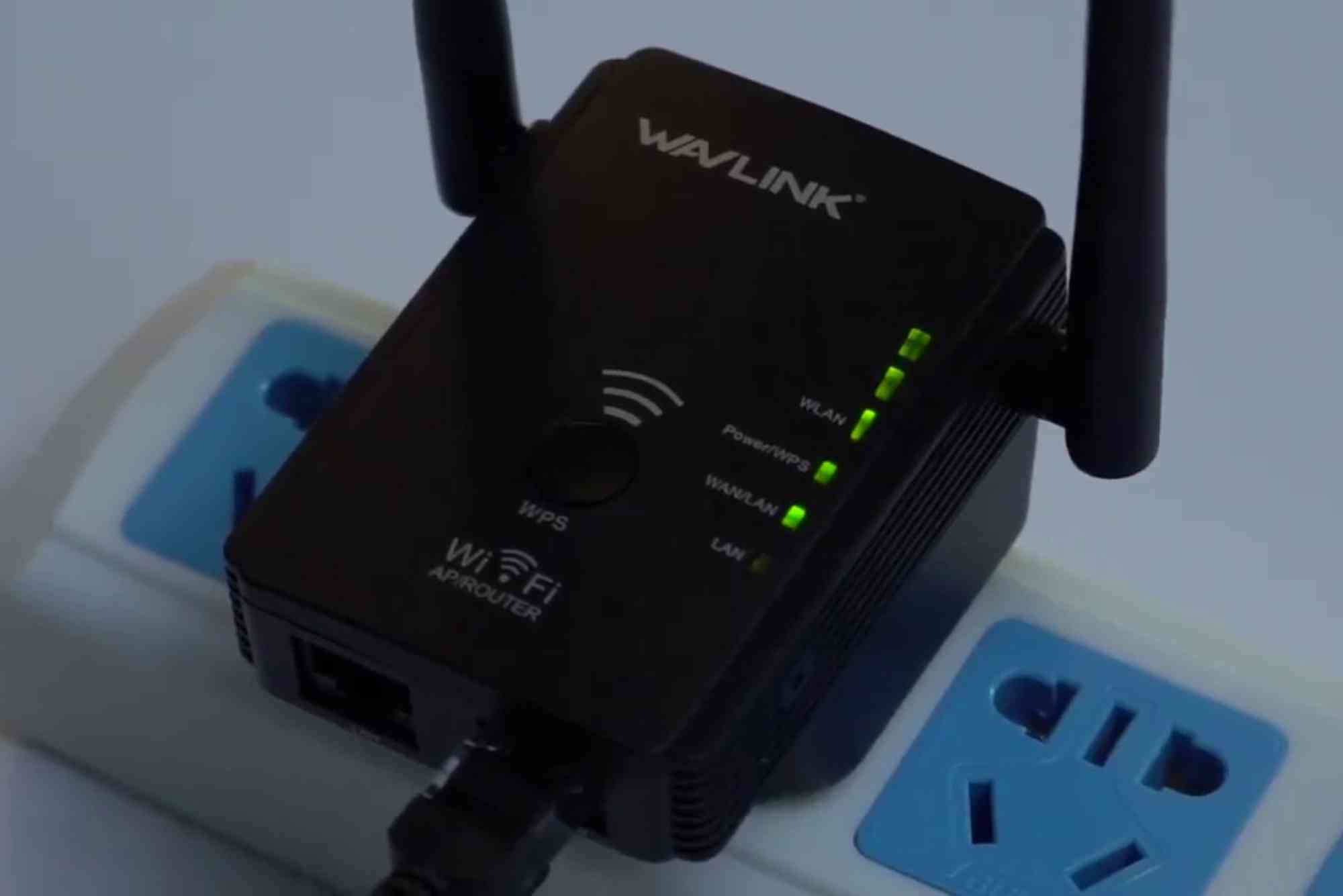Introduction
If you’ve ever tried setting up your home internet or changing your Wi-Fi password, chances are you’ve come across the IP address 192.168 1.1. This local gateway is one of the most commonly used addresses to access a router’s admin panel. Whether you’re trying to improve security, set parental controls, or boost performance, understanding how to perform a 192.168 1.1 router login is essential.
In this guide, we’ll walk you through the entire process—from accessing the admin panel to fixing login issues—while keeping it simple, practical, and beginner-friendly.
What Is 192.168 1.1?
192.168 1.1 is a private IP address used by many routers, including models from TP-Link, Linksys, D-Link, and Netgear. It allows you to log into your router’s admin console to manage network settings.
Unlike public IPs, this address is not accessible from the internet. It’s part of a range reserved for private networks, which makes it secure and isolated from outside threats—unless configured otherwise.
How to Perform 192.168 1.1 Router Login
Accessing your router’s admin panel through 192.168 1.1 is simple if you follow the correct steps.
Check Your Connection
First, ensure you’re connected to the router either through Wi-Fi or an Ethernet cable. Without this step, your browser won’t find the IP address.
Open a Web Browser
Type http://192.168.1.1 in the address bar and press Enter. Make sure there are no typos or unnecessary spaces.
Enter Login Credentials
Once the login page loads, you’ll need a username and password. Most routers come with default credentials printed on a label on the back.
Common default credentials:
-
Username: admin
-
Password: admin or password
If you’ve changed the password and forgotten it, you may need to reset the router.
Access the Dashboard
After logging in, you’ll land on the router’s dashboard. From here, you can:
-
Change Wi-Fi name and password
-
Update firmware
-
Configure parental controls
-
Enable firewall settings
-
Set up guest networks
Can’t Access 192.168.1.1? Troubleshooting Tips
Sometimes users face issues accessing the 192.168 1.1 router login page. Here are some common reasons and solutions:
Wrong IP Address
Check if your router uses a different address like 192.168.0.1 or 192.168.1.254. You can find the default gateway by:
Windows:
-
Press
Win + R, typecmd, and press Enter -
Type
ipconfigand press Enter -
Look for “Default Gateway”
Mac:
-
Go to System Preferences > Network
-
Select your connection and click Advanced
-
Check the TCP/IP tab for the router address
Browser Issues
Clear the browser cache or try a different browser. Sometimes, browser extensions block the login page.
Router Not Responding
Restart the router by unplugging it for 30 seconds and plugging it back in. If that fails, reset it to factory settings using the reset button on the back.
Firewall or Antivirus Conflict
Temporarily disable any firewall or antivirus software that may be blocking local IP connections.
Why Access 192.168 1.1?
Logging into your router via 192.168 1.1 allows you full control over your network. Here are a few things you can do:
Update Firmware
Outdated firmware can make your router vulnerable. Always check for updates through the admin panel.
Set Up Security
Change the default username and password to avoid unauthorized access. Enable WPA3 or WPA2 encryption.
Manage Devices
You can block suspicious devices, prioritize bandwidth, or limit access times for individual users.
Configure Port Forwarding
For gamers and advanced users, port forwarding improves connectivity and reduces latency.
How to Reset Router Login Details
If you’ve forgotten your username or password, the only solution may be to reset the router.
Steps to Reset:
-
Locate the reset button (usually a small hole).
-
Use a paperclip to press and hold for 10–15 seconds.
-
Wait for the router to reboot.
After this, you can use the default login credentials again and set a new password from the dashboard.
Router Brands That Use 192.168.1.1
Many popular router manufacturers use this default IP. Some of the most common include:
-
TP-Link
-
Linksys
-
Netgear
-
Huawei
-
D-Link
Regardless of the brand, the login process remains nearly identical.
Tips to Secure Your Router
Change Default Credentials
Default usernames and passwords are widely known. Change them immediately after your first 192.168 1.1 router login.
Hide SSID
If you’re in a high-density area, hiding your Wi-Fi network name can help reduce unauthorized access.
Enable MAC Filtering
This allows only approved devices to connect to your network.
Use Strong Passwords
A strong password should include uppercase and lowercase letters, numbers, and special characters.
Advanced Features to Explore
After logging in, explore the advanced settings, but proceed with caution.
-
QoS (Quality of Service): Prioritize traffic for smoother video calls or gaming.
-
Guest Network: Create a separate network for visitors to keep your main one secure.
-
DNS Settings: Use custom DNS (like Google DNS or Cloudflare) for faster browsing.
Performing a 192.168 1.1 router login is more than just accessing a control panel—it’s about taking control of your internet experience. From security to performance, a little knowledge goes a long way. Keep your router updated, change passwords regularly, and monitor device activity to ensure a safe and optimized network.
If you need further assistance or have router-specific issues, feel free to contact the Dhanote IT Park Help Center. Their experts can guide you with tailored solutions and technical support.
Frequently Asked Questions
f2: How do I log into my 192.168 1.1 router?
To log in:
-
Connect to the router
-
Open a browser and go to http://192.168.1.1
-
Enter your username and password
f3: What is the username and password for 192.168 1.1?
Most routers use:
-
Username: admin
-
Password: admin or password
Check your router’s label or manual for specifics.
f2: Why is 192.168 1.1 not working?
Common causes:
-
Not connected to the router
-
IP address typo
-
Router uses a different gateway
Try checking the default gateway usingipconfig.
f3: How do I reset my router?
Find the reset button, press and hold it for 10–15 seconds using a paperclip. The router will reboot with factory settings.
f2: Is 192.168 1.1 safe to use?
Yes. It’s a private IP address used for local networks. It’s safe as long as your login credentials are secure.

